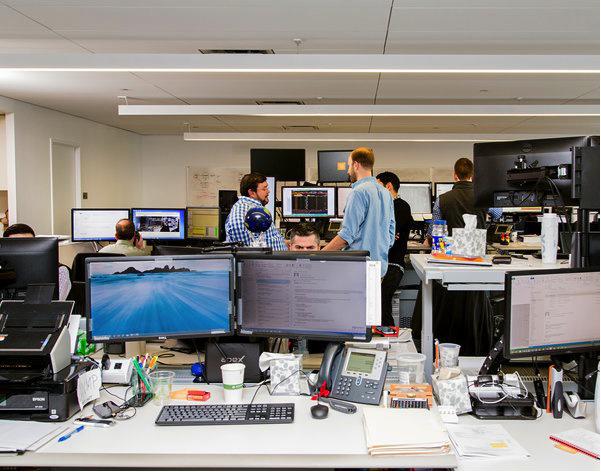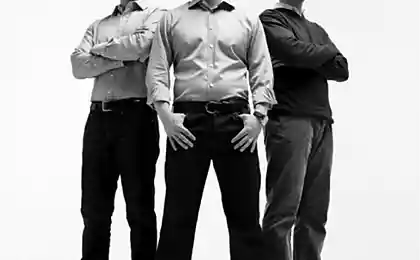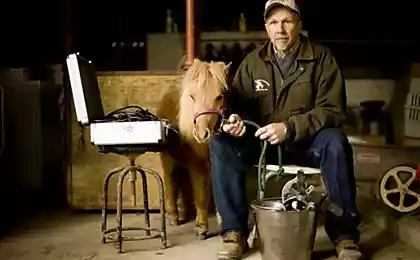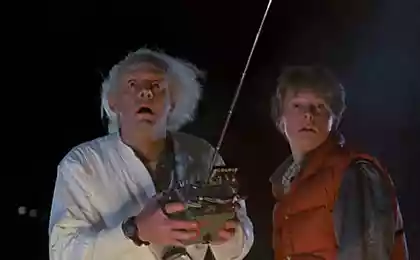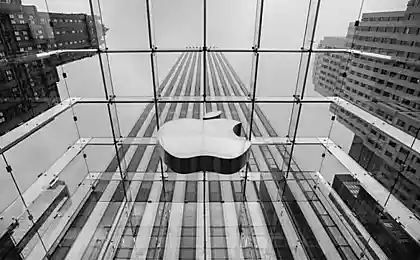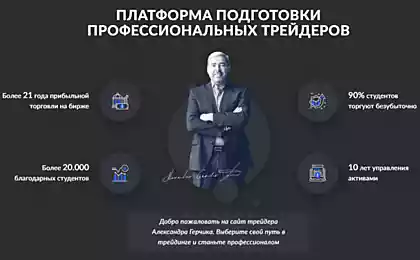1565
Hunters wolves from Wall Street. Part 3
33,328,595
The adaptation of the book by Michael Lewis, "Quick boys» h4> [ This is the third part of a series of translations of adaptation of a recent book by Michael Lewis. The first two parts can be read here: 1 and 2 i> - approx. pens.]

